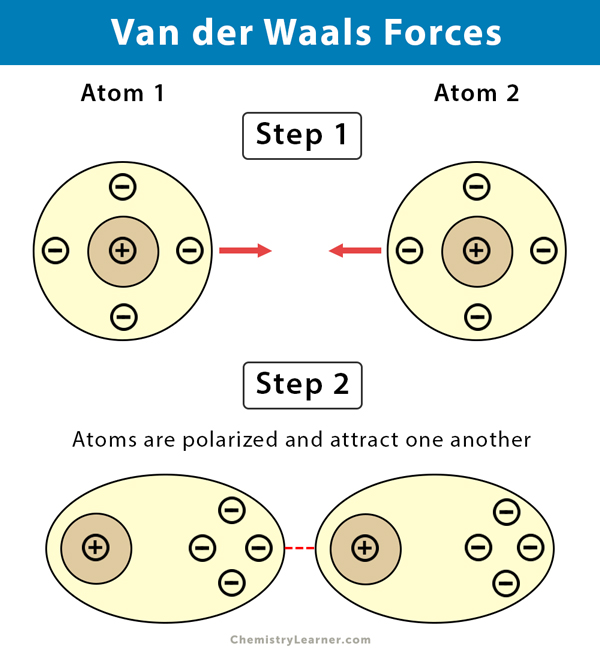

One special case of this is hydrogen bonding:ĭipole-induced-dipole intermolecular forces Molecule, the positive pole of the one molecule will beĪttracted to the negative pole of the other, and the molecules


When one dipole molecule comes into contact with another dipole An overview of theĭifferent types of intermolecular forces that are discussed in this chapter are Is slightly positive and the other is slightly negative. Is a molecule that has its charge unevenly distributed. Intermolecular forces are forces that act between molecules. Holding molecules together we would not exist. The melting and boiling points of substances are. Intermolecular forces allow us toĭetermine which substances are likely to dissolve in other substances, and what The forces between molecules that bind them together are known as Iaszlo-photo, Fields of View and Capt' Gorgeous on Flickr. Note that we are showing two-dimensional figures when in reality theseįigure 4.52: Submicroscopic diagrams of the three phases of water. The more energy the particles have, the more likely they are to beĪble to overcome the forces that are holding them together. Remember also that the temperature of a material affects the energy The forces are very strong, the particles are held closely together in a solid Particles are able to move far apart since they are not held together very strongly. The forces, the more likely the substance is to exist as a gas. Substance is determined by how strong the forces are between its particles. You should remember from the kinetic theory of matter Properties, such as its phase, melting point andīoiling point. The types of intermolecular forces that occur in a substance will affect its physical Properties of organic molecules with their molecular structure. Have the learners research the safety data for various compounds, especially thoseīeing used in the experiments in this section, as a way of linking the The larger by size and mass of a molecule, the more likely these interactions are.4.4 Physical properties and structure (ESCKP) Physical properties and intermolecular forces (ESCKQ) It takes either deliberate or random creation of a dipole to get Cl2 to interact. For whatever reason, the space all the elctrons occupy is on one side of the Cl2 molecule.įor your purpose here, it doesn't matter so long as you get the basic concept: Cl2 is a gas because it doesnt want to react with other molecules. Sometimes it happens spontaneously for reasons beyond the scope of Chem I or simply random probability. It may not just be because it hit something electromagnetic fields may cause induced dipoles as well.īut there is not always a known cause. Now suddenly one end of the molecule is temporarily charged-we call this an induced dipole or the London dispersion force. This crash pushes the electron cloud around the molecule away from the impact. It floats freely as a gas.īut sometimes this molecule hits something. Now, this Cl2 molecule is very stable, and since each Cl- ion has the same charge, it doesn't really want to interact with other molecules. Takes a lot of energy to break (have you covered enthalpy yet?). Well, Cl-Cl bonds are covalent Cl- wants to fill its election shell and one way of doing that is sharing electrons with another Cl- ion.


 0 kommentar(er)
0 kommentar(er)
